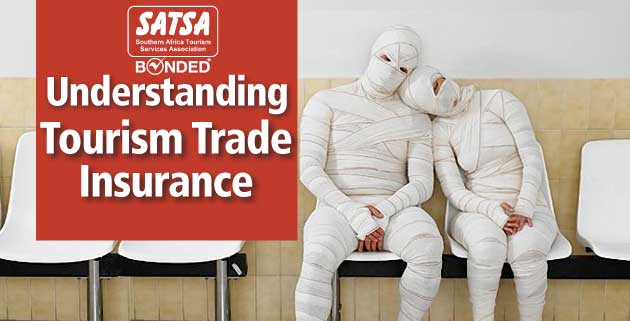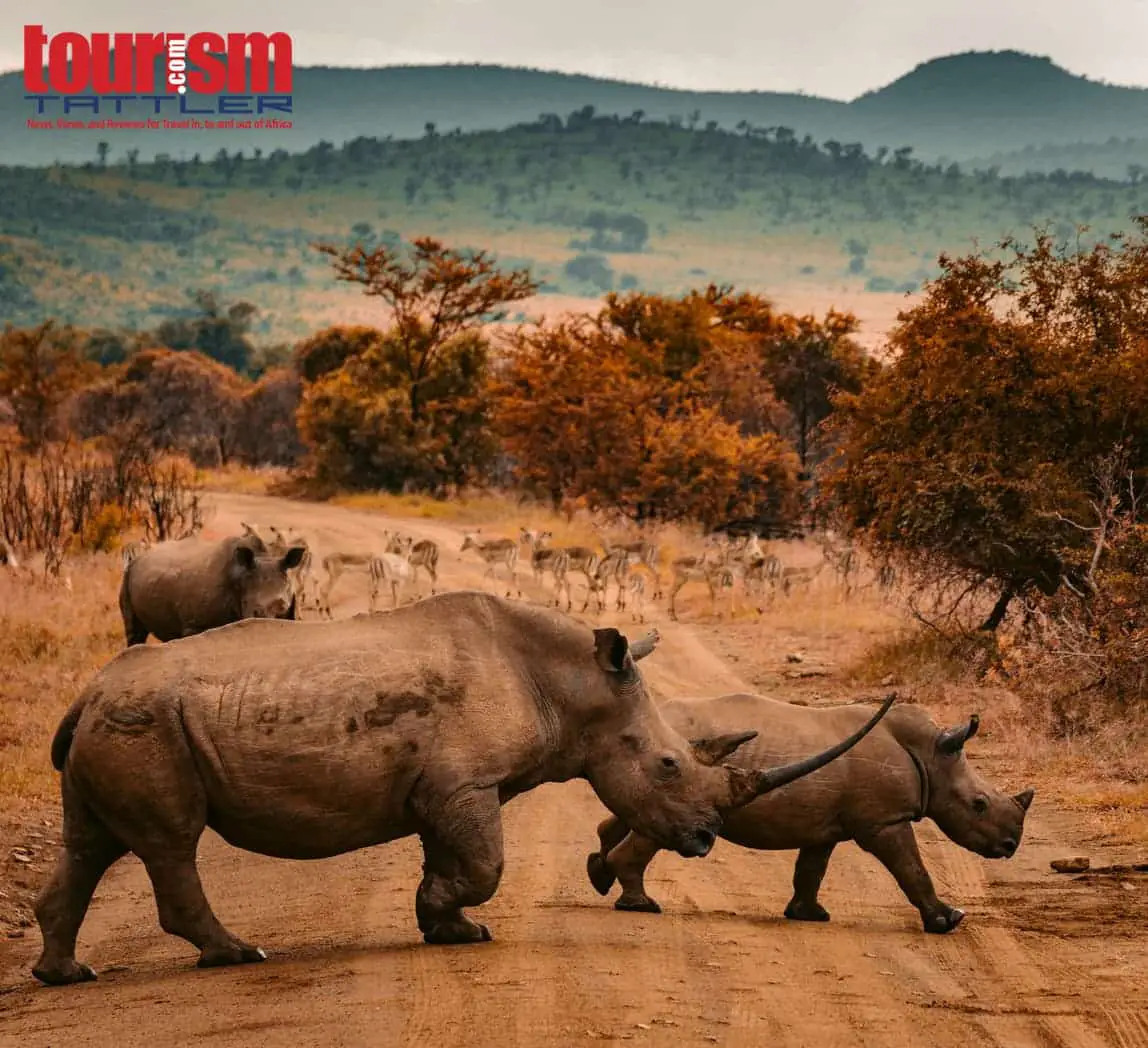Importance of Building a Culture of Ownership
In this three part series I may well be preaching to the converted, as those involved in the tourism industry are far more in tune to risk management due to the very nature of their product or service. In saying that, there are some hidden nasty’s that I would like to highlight in Part 1, so together we can create a culture of ownership when it comes to risk. By André du Toit.
The good news is that there are only three ways to mitigate risk:
• Remove Risk. Very simply – don’t play this game! Find another profession to pursue.
• Manage Risk. This is about YOU and what you do within your organisation to limit the exposure of your guests and indeed your business to potential hazards.
• Transfer Risk. This involves transferring the risk to a third party – traditionally insurers. Thankfully we now have more options out there when it comes to risk transfer, including bespoke insurance products on the asset and liability side, specialist brokers to advise you along these lines, and tourism specific Critical Incident Management teams to take over the management of incidents.
It is important to use a combination of the second and third ways to mitigate risk. In order to manage or transfer risk we need to understand what the risk is, and where the GAPS are.
The Gap’s (= areas of potential exposure)
I have identified three common areas where tourism operators are exposed:
A. BUILDING OWNERSHIP – how you and your TEAM manage the risk.
B. THE FINE PRINT – lack of specialist advice / wording regarding your chosen policy.
C. INCIDENT MANAGEMENT – your ability to determine best outcomes in the event of an incident.
In this edition, we look at the first common area of exposure.
A. BUILDING OWNERSHIP
Responsible business practice means managing risk not just living with it. It is not up to your association, the government, insurer – it’s up to YOU and your staff! It cannot be done by an individual but needs to be part of a culture within your business that everyone embraces.
Who is actually going to mitigate risk in your operation? You? Your staff? The driver? Who is going to ensure the bus is 100% roadworthy or that the driver is fresh and alert? Who is going to test the equipment on a daily basis? It’s unlikely to be only you – it’s your team and every one of them is as important as the next.
To cover all in this section would take days as there really is a lot you can do on the ground. We need to assume that in the building of your business you have followed local legislation, building standards, occupational health and safety guidelines, guiding regulations and the law of the land. What’s left is the maintenance, and understanding your specific operating environment and its accompanying hazards, and implementing risk improvements to mitigate exposure – after that you insure for catastrophic events.
All staff members need to buy into risk management for their own safety and that of your guests.
Countless safety measures can be taken to ensure a safer environment for all. No doubt you are practising many already. Remember that is it not necessarily one form of compliance, one specific act, sign or orientation chat that prevents an incident, but rather a combination of all. Do not believe for one second that you can comply with licensing requirements, have an indemnity form signed and forget the rest.
THE BIG 5 IN PREVENTATIVE MEASURES ARE:
1. INDUCTION OF STAFF. Not enough properties do it! The more familiar the staff are with their environment and accompanying hazards the less likely they are to make an error and the better they will be able to assist in the event of an incident. You will have more eyes on the ground to identify and mitigate risk.
2. GUEST ORIENTATION AND INDEMNITIES. Awareness is the first step in mitigating risk, let visitors know about the environment you are taking them into and what assistance services you provide. They themselves will be able to avoid hazards they encounter in many instances.
3. CONDUCT OF ACTIVITIES. Make sure all guides / drivers / instructors are compliant and that regular appraisals are done. They must be aware of the inherent risks they are introducing clients to and not get blaze about their surroundings.
4. DEVELOP A RISK AWARENES. No one knows the business and its hazards better than your staff and your peers as they live it daily. Sharing of learned experiences and relentless innovation are important to preserve this niche.
Factors that need to be considered when building capacity and safety performance are:
• Location;
• No. of guests;
• Nature of the activities performed;
• Presence of potentially dangerous game or natural features;
• Type of injuries that are likely to occur at a workplace;
• Number and capacity of staff;
• Other available resources.
5. SAFETY AND EMERGENCY SIGNS AND NUMBERS. The emergency signs and notices enable staff and guests to act quickly, getting guests and staff out of the area as quickly as possible. They are also important in informing guests and visitors of potential dangers. These can be subtly introduced in your environment without taking from the design or style of a place.
I believe ownership this is the most effective form of transferring risk within the tourism industry. It is something that you can do now, that you can control and that will ensure your business is here tomorrow.
In the next issue of Tourism Tattler we will discuss the importance of Specialist Cover and understanding the “fine print”.

For more information, visit www.satib.com




